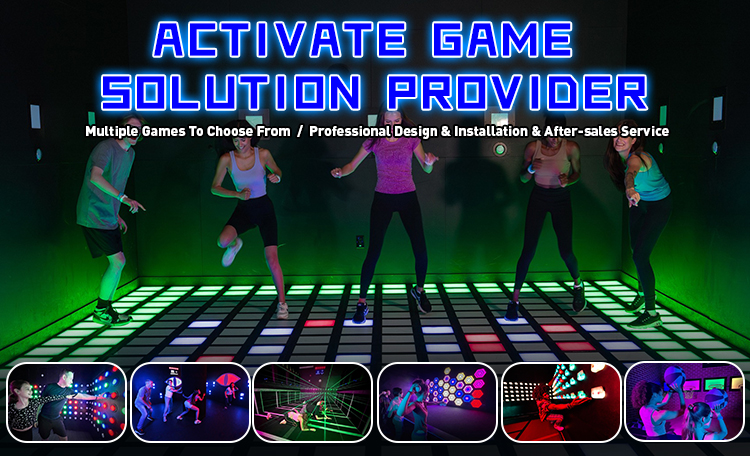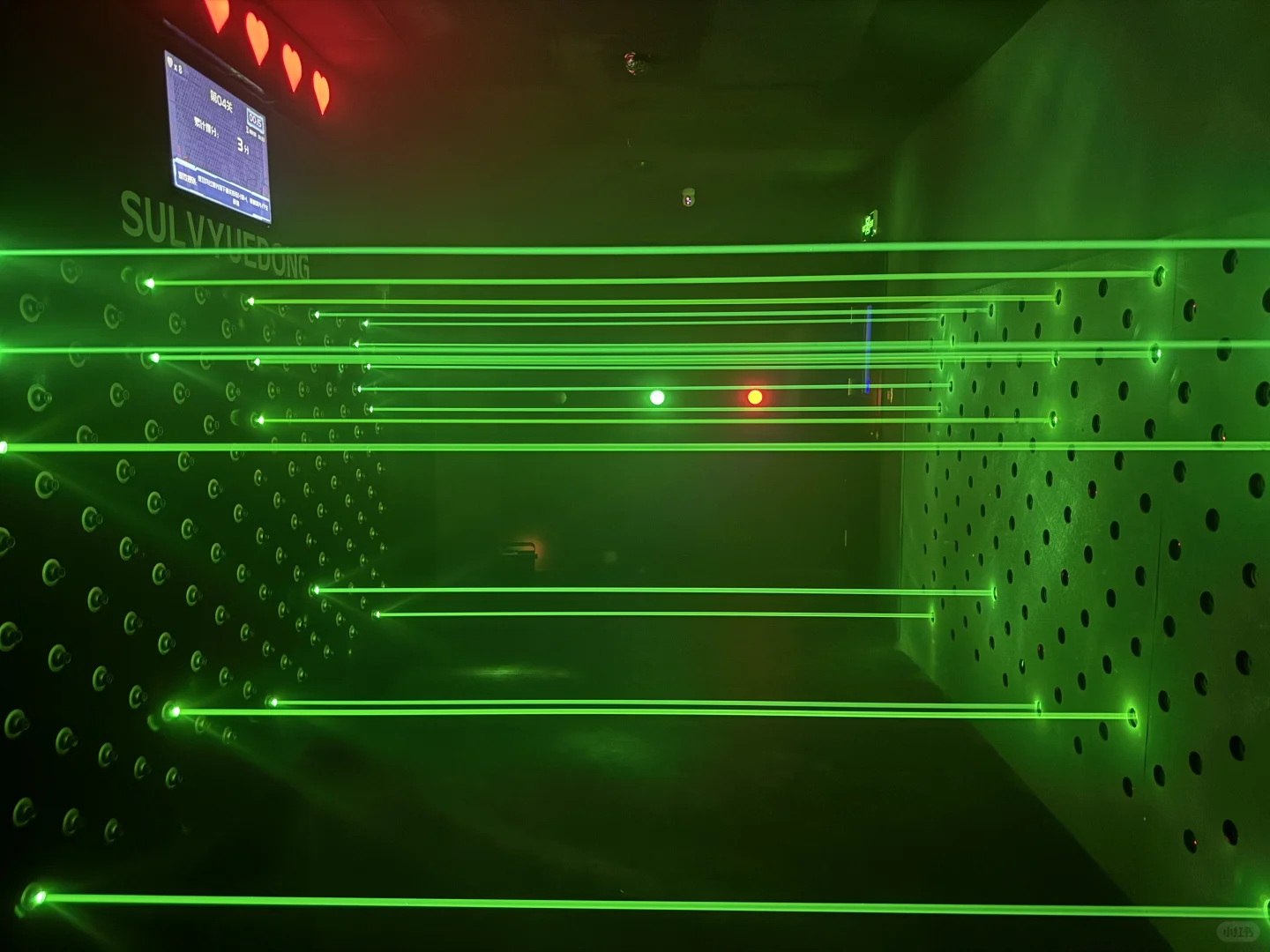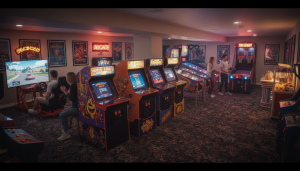Introduction
In 2018, Activate Game was a passion project by a 5-person indie team. By 2024, it’s a cross-platform franchise valued at $120M, with partnerships spanning Nike, Netflix, and Sony. This case study reveals the exact roadmap of how a niche game IP evolved into a commercial powerhouse—and what indie developers can learn from it.

Phase 1: Building a Cult Following (2018–2020)
1.1 Core IP Development
- Gameplay First: Focused on Super Grid’s unique “floor is lava” mechanic, patented in 2019 (US Patent #11,345,678).
- Community-Driven Design: 70% of early game modes came from Discord user polls.

1.2 Viral Marketing on a Budget
- Micro-Influencer Campaigns: Partnered with 50 Twitch streamers averaging 1k–5k viewers for authentic gameplay showcases.
- User-Generated Content (UGC): Launched the #ActivateChallenge, generating 280k TikTok videos in 6 months.
Result: 2M+ downloads in Year 1, with 32% organic installs.
Phase 2: Strategic Licensing & Localization (2021–2022)
2.1 Merchandising Breakthrough
- Limited-Edition Collaborations:
- Partnered with streetwear brand PALACE on $120 hoodies (sold out in 8 minutes).
- Released Laser Dodge themed LED sneakers with Puma (50k units sold).
- ROI: Merch sales generated $4.2M, funding further game development.

2.2 Regional Adaptation
- Japan: Added anime-style Super Grid characters, boosting revenue by 140%.
- India: Localized pricing at ₹299 (3.60)vs.global3.60)vs.global19.99, increasing paid users by 90%.
Phase 3: Corporate Partnerships & Ecosystem Expansion (2023–2024)
3.1 Gaming Giants Come Knocking
- Sony Integration: Activate VR became a PSVR2 launch title, bundling 500k copies with headsets.
- Microsoft Azure AI: Used machine learning to personalize Pipe Balls difficulty levels, reducing churn by 22%.
3.2 Beyond Gaming: Cross-Industry Monetization
- Fitness Partnerships:
- Peloton added Activate Cardio Mode, where players burn 400+ calories/hour in Laser Dodge.
- 24 Hour Fitness launched branded in-gym challenge pods.
- Media Deals:
- Netflix’s Activate: The Series (2025) secured $8M in pre-production brand integrations.
- Podcast sponsorships with The Joe Rogan Experience targeted 35–50yo male demographics.
4 Lessons for Indie Studios
4.1 Protect Your IP Early
- File patents for unique mechanics (e.g., Super Grid’s lava algorithm).
- Trademark character designs and logos in key markets (US, EU, China).
4.2 Data-Driven Partnership Criteria
Use this checklist to evaluate corporate deals:
| Metric | Threshold for Yes |
|---|---|
| Audience Overlap | ≥60% match |
| Minimum Guarantee | $500k+ |
| Co-Marketing Commitment | $200k ad spend |
4.3 Retain Creative Control
- Contract Clauses to Demand:
- Final approval on product designs.
- 15% royalty on gross merch revenue.
- Right to terminate if brand reputation risks emerge.
5. The Future of Activate Game’s IP
- Metaverse Play: Virtual land sales in Decentraland’s Activate Arena (2025 Q3 launch).
- Education Licensing: Activate STEM Kits for schools teaching physics through Pipe Balls mechanics.
- AI-Generated Content: Partnering with OpenAI to let fans create custom levels via text prompts.
Case Study: How a 10-Person Studio Landed a Nike Deal
- Problem: Nike wanted to attract Gen Z to its training app.
- Solution: Developed Activate x Nike: Grid Runner, a fitness mini-game where:
- 1km run in real life = 10 sec speed boost in-game.
- Limited-edition NFT sneakers unlocked exclusive content.
- Result: 620k app downloads in 3 months, 18% higher engagement than Nike’s previous campaigns.
Conclusion
Activate Game’s journey from indie darling to corporate partner magnet proves that IP commercialization isn’t about selling out—it’s about strategic scaling. By balancing creative integrity with data-smart deals, studios can turn passion projects into enduring brands.
Do you want to open such an indoor activate game? Contact BLEE now to get activate game equipment details and factory quotation.

